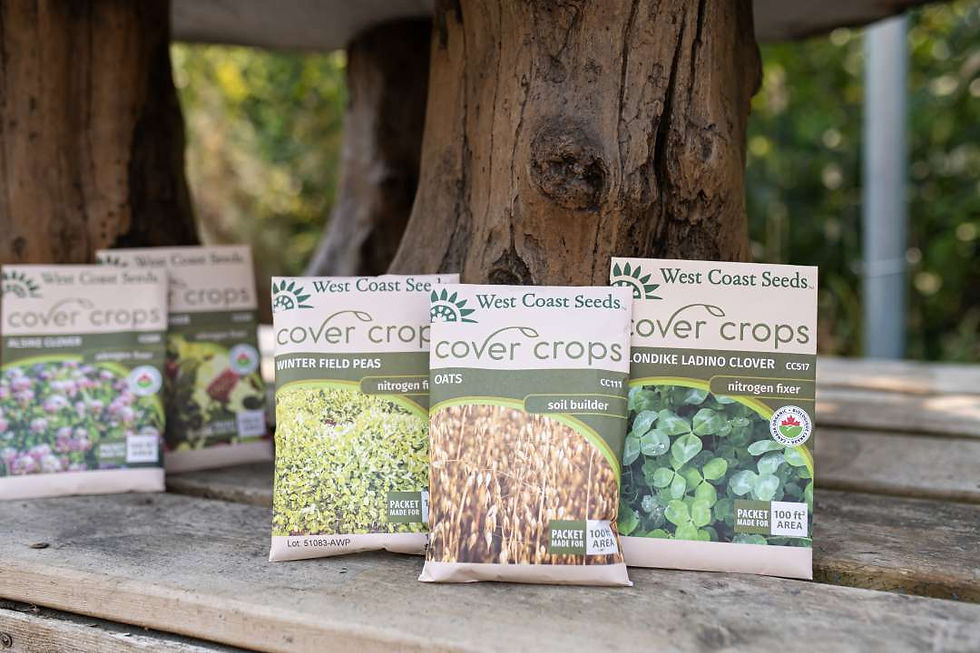The Benefits of Using Fish Soil
- B&K Garden & Landscape Supply

- Nov 7, 2021
- 2 min read
Updated: Nov 7, 2021
If you're into gardening, you'll notice how many types of soils and fertilizers are available on the market. Each fertilizer has its specific benefits and characteristics to nourish your plants or provide healthy soil for specific plant types. One you may not know about yet is fish soil. In this post, we'll explain some of the properties of fish soil and how to use it to optimize your plants' growth and health.

Where does fish soil come from?
Fish soil has been used as fertilized for centuries. The first way people used it was by literally placing small fish in the soil, which would decompose during the growing season. After decomposing, the fish fed the crops until harvest.
That's still the foundation for the way we use fish soil today, but luckily, the fish have already been composted, so you don't have to deal with the fish odour in your garden and your crops can benefit from the nutrients immediately!
Why use fish soil?
Fish soil is rich in:
nitrogen
phosphorus
potassium
calcium
sodium
magnesium
sulphur
chlorine
These characteristics make fish soil a great source of nutrients for leafy green veggies, lawns, and many other kinds of plants.
How do I use Nurseryland Organic Fish Soil?
Nurseryland Organic Fish Soil is a high-quality premium blend of composted fish and peat moss that you can use for trees, shrubs, bedding, and vegetable plants. It’s a great way to moisten container plants and rejuvenate tired soil. If you’re transplanting trees or shrubs, you can give your transplanted plants a boost in their new spots. This enables plants to find all the nutrients they need to overcome transplant shock. You can use fish soil for multiple goals in the following ways:
For planters and pots: first, partially fill the container with fish soil and fill around the plant root ball within 1 centimetre of the container top. Refill with soil if necessary and water thoroughly.
Flower and vegetable gardens: spread 2 to 5 centimetres over the specific area and gently work it into the existing soil. Water thoroughly.
Trees and shrubs: make a hole that’s 3 to 5 times the size of the plant root ball. Mix with an equal amount of soil and replace all around, below, and on top of the root ball. Water thoroughly afterwards.
Dressing established lawns: spread on the existing lawn without completely burying it, raking in gently, and thoroughly watering water.
New lawns: spread 2 to 5 centimetres of the soil over the area and add grass seeds as directed. Keep it moist until germination is complete.

When your gardening check list includes reducing transplant shock, growing sustainably, cultivating premium plants that immediately start pushing growth, and toleration of wider climate swings... use Nurseryland Organic Fish Soil.




Comments